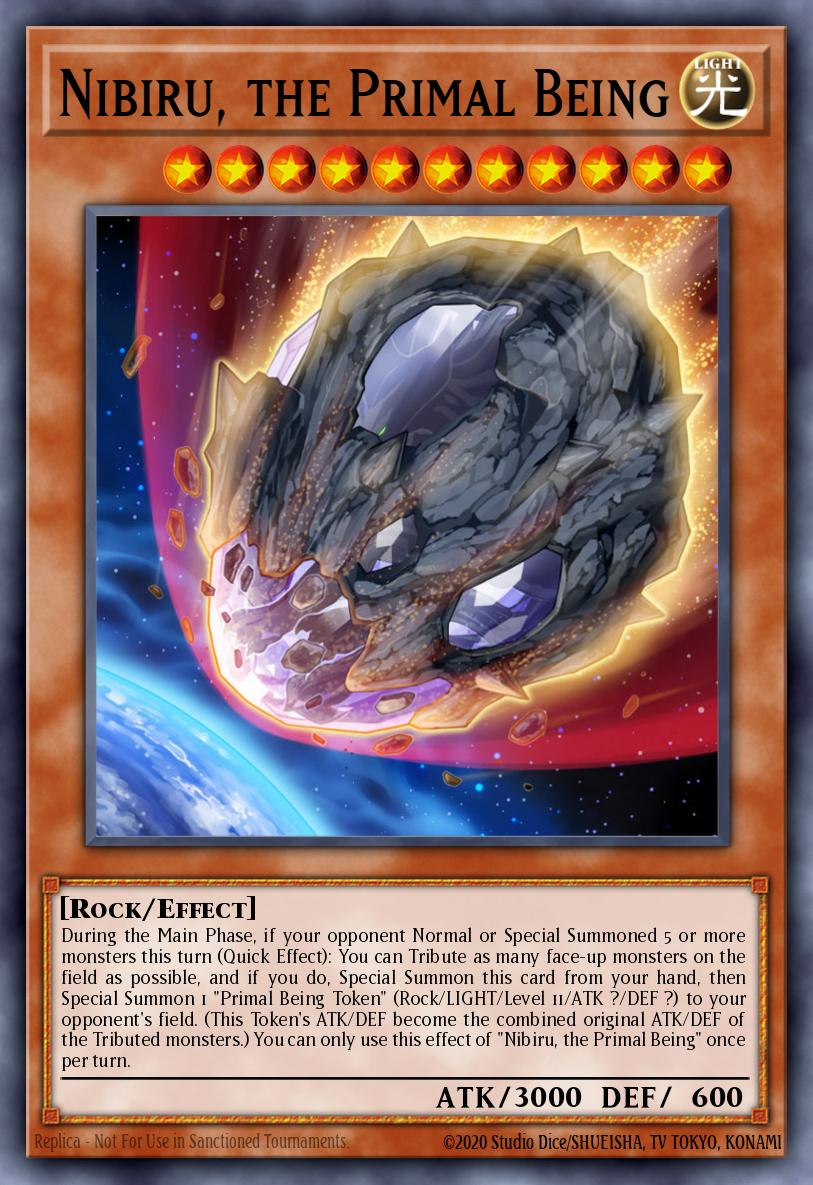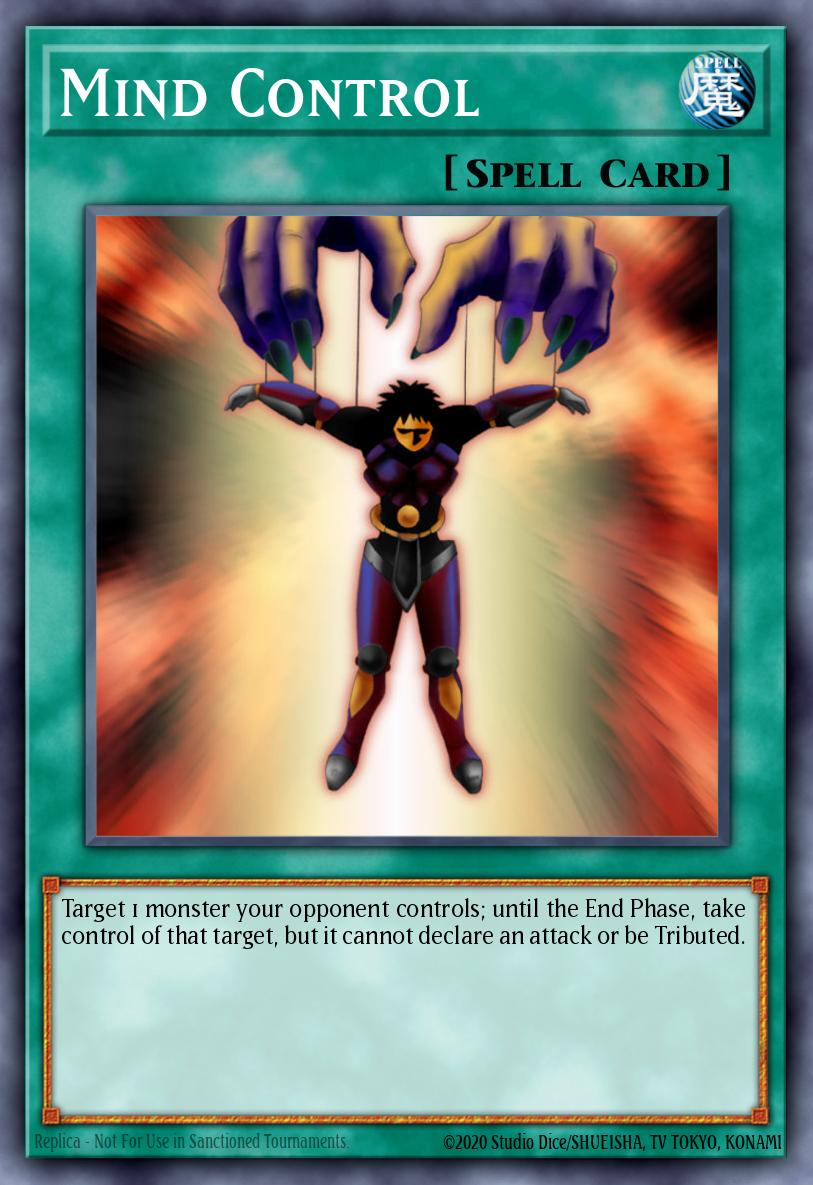“Look at us. Hey, look at us!”
“Huh, who would’ve thought?”
“Not me!”
The Two-Part Hand Trap Dilemma
Let’s get this out of the way: I’m not saying all hand traps are bad. However, the mentality around hand traps in general has been shifting for a while. The way hand traps are used to impact the game has drastically changed and in this change, yes, most hand traps suck.
The New Method to Hand Traps
The October 2019 Forbidden and Limited List seems to have cemented the relative fruitlessness of most hand traps as we know them. A marked feature of top-tier decks in the era of the Gold Sarcophagus Tin and the October 2019 list is that they can play through multiple hand traps relatively unfazed. One or two hand traps is no longer enough to bring a turn to a crawl...
...unless they’re big enough. A common feature of the most effective hand traps right now is that they impact not just a single interaction but the larger game state as a whole. Artifact Lancea prevents banishing for the entire turn. Nibiru, the Primal Being is essentially a spell-speed-2 Interrupted Kaiju Slumber. Ash Blossom & Joyous Spring and D.D. Crow disrupt not only the current play, also force your opponent to take the long way on the next ones.
High Impact or No Impact
 Can you smell what the rock is cooking?
Can you smell what the rock is cooking?The winds are changing. Ghost Ogre & Snow Rabbit and Effect Veiler are disappearing. Ghost Belle & Haunted Mansion falls in Crow's shadow. Even Infinite Impermanence has scaled back significantly. We give exception to PSY-Framegear Gamma here, the hand trap for non-Sky Striker spell-driven decks like Infernoid. When it comes to topping lists, generally speaking, hand traps only come in four flavors. This pattern is increasingly persistent.
Once is a fluke, twice is a coincidence, dozens is a trend.
The largest contributing factor is that contender decks in this format generally don’t have one single choke point. Without a definite choke point, hand traps that shut down a single action are rendered fairly ineffective. What we’re left with are the hand traps that can do a lot from a single activation. Lancea severely reduces Orcust, Thunder Dragon, and Gren Maju decks’ ability to play the game. Nibiru can render an entire turn’s worth of setup virtually useless (see: clearing a Salamangreat board before Salamangreat Roar is live). Ash not only stops the search, but the play that would've been made off the search. Crow is arguably the only hand trap that will reroute the Lunalight Orcust combo before Outer Entity Azathot hits the board.
In general, it seems hand traps must either drastically alter the game state or stay relegated to the collection box.
Breaking Boards Better Than Before
“I’ll go second, go ahead” is no longer a surprise at my locals when I win dice rolls. I’m in the board-breaking business and, my friends, business is booming.
 Gimme that.
Gimme that.The way the October 2019 Forbidden and Limited List has shaped the meta, very few decks are ending their turns with more than two negates or disruptions. Modern decks have tended towards resilience instead of lockdown. They want to be able to play almost as well on turns three and five as they do on turn one. So, typically, players are fighting through one-off negates like Orcust Crescendo, Salamangreat Roar, or Sky Striker Mecha - Widow Anchor. There are relatively few wide-reaching interruptions like Abyss Dweller or There Can Be Only One.
Meanwhile, Konami has decided that it’s entirely acceptable to have all of the following cards unlimited:
- Dinowrestler Pankratops
- Tenyi Spirit - Vishuda
- Nibiru
- Gizmek Orochi, the Serpentron Sky Slasher
- Mind Control
- Instant Fusion
- Super Polymerization
- Evenly Matched
All of these cards should sound really familiar; you should recognize them as being key components to most top-tier main or side decks. As well, these cards are heavily enabled by high-consistency cards common to our meta like Fantastical Dragon Phantazmay, Sky Striker Mobilize - Engage!, Into the Void, Pot of Extravagance, and Pot of Desires.
Why Board Breakers Work
Mind Control and Instant Fusion have surged in the last few months as no-commitment negate baits that pay big if they go through. Super Polymerization at three has improved shattering Thunder, Orcust, and Salamangreat boards, giving you a sweet, sweet beatstick for your efforts. Pankratops, Gizmek, and Vishuda clear problem cards and provide bodies on board to apply pressure.
What truly makes all of the above cards—and others like them—so effective is that they’re highly generic and largely unavoidable. Orcust players can’t afford to let a Mind Control or Thousand-Eyes Restrict go through when Crescendo depends on controlling an Orcust link; same goes for Salamangreat players and Roar. Pankratops is a threat to any card that hits the field, during either player’s turn to boot. Evenly can end games by itself against backrow-heavy decks. These are one-card, game-changing effects which force your opponent to react if they want to stay afloat and they clear the way for your actual plays.
Answer the Question Already!
With these ideas in mind, it’s time to nail down the answer. Why do hand traps—in general—suck?
The simple reason is:
- Most decks can build boards through several low-impact hand traps
- Most decks don’t end on much disruption themselves once they’re done building.
From there, it’s a simple matter of cracking a board with six cards instead of three or four.
Them’s the breaks.




